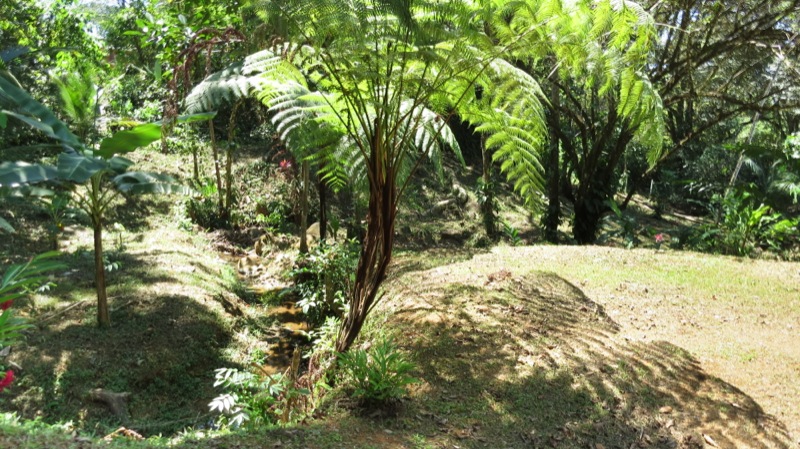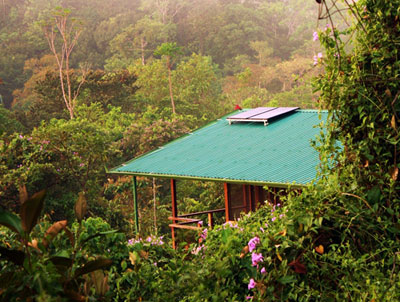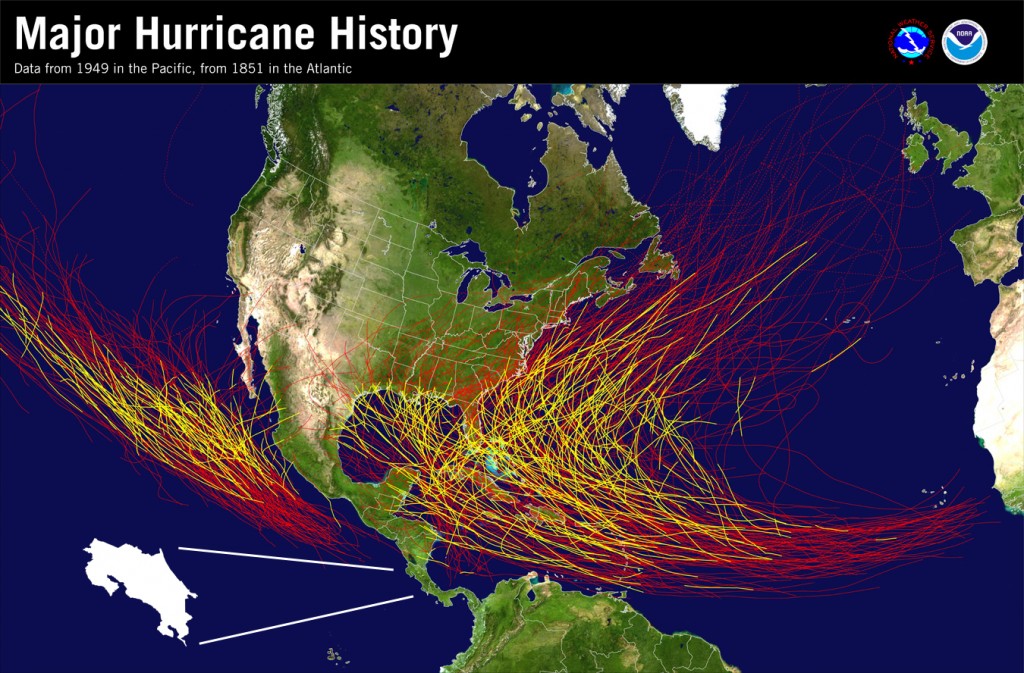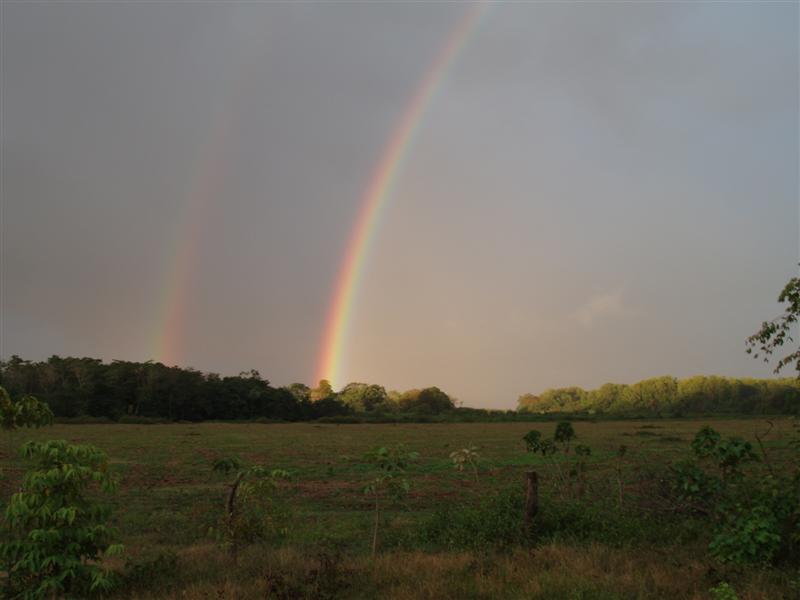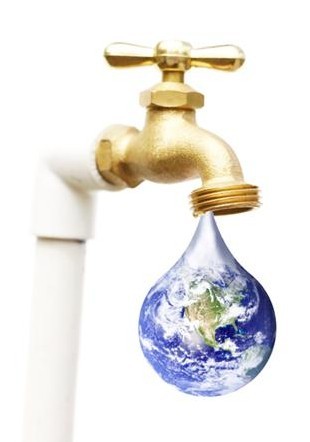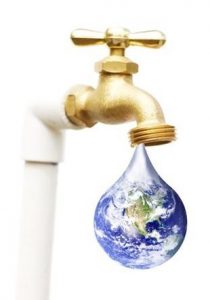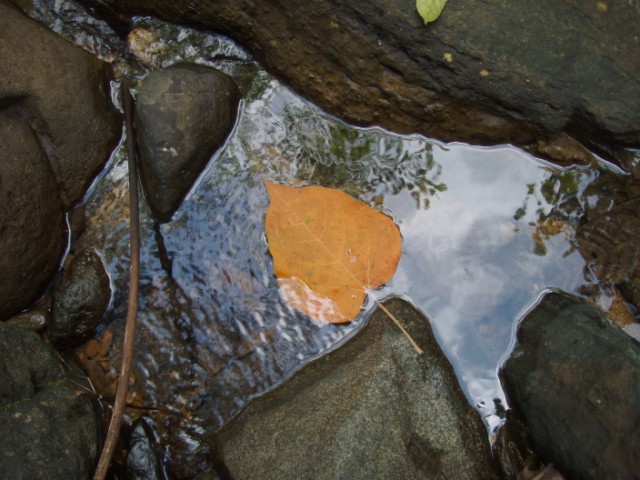The Costanera Highway, The Caldera-San Jose Highway, The Cortez Hospital, The International Airport and The Diquis Hydroelectric Dam… it is easy to see that Costa Rica is serious about improving its infrastructure and securing a bright future.
Over the past decade, the dramatic increase in tourism and investment has sparked a bit of a power-struggle between proponents of economic growth and socio-environmental protection groups. In this case, the “power” is the proposed billion dollar hydroelectric project called “El Diquis” near Palmar in the Osa Peninsula. This isn’t recent news, but I believe it is worth mentioning as it will affect life in various ways in the southern Pacific zone of Costa Rica.
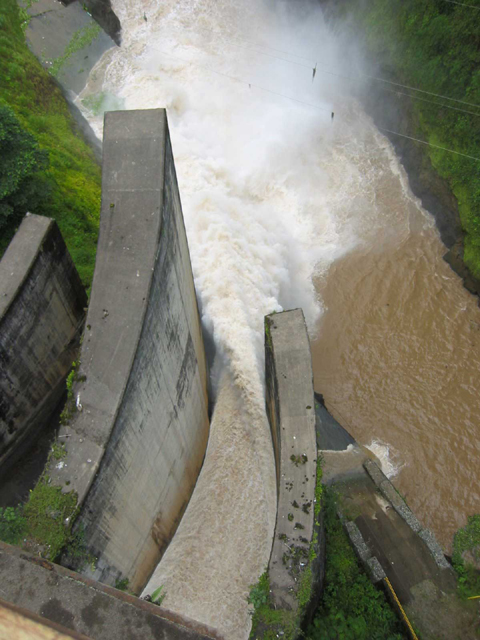
The Zone Is HOT
This large-scale project, facilitated by I.C.E. (Instituto Costarricense de Electricidad), is calling for the construction of a dam on the Térraba River in the greater Boruca Canyon. The dam will create a lake equaling approximately 25,000 surface hectares (over 6 million acres), the largest of its kind in Central America. By comparison, Lake Arenal is roughly 8,500 hectares.
This station will generate up to 630 megawatt units capable of providing over one million families with electricity! This project is about Power, both electric and economic. According to a Continuum report commissioned by the Costa Rican government,
